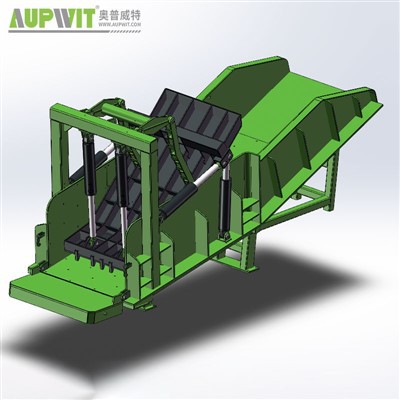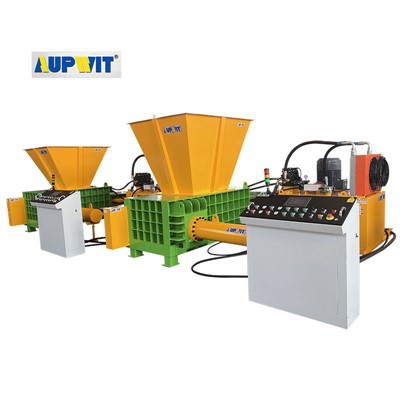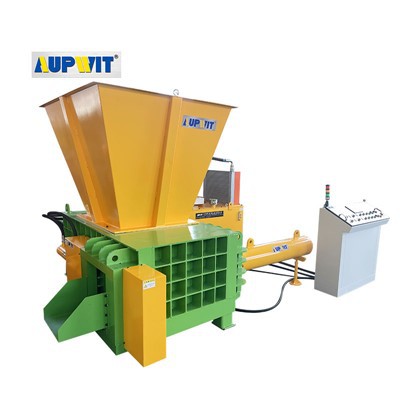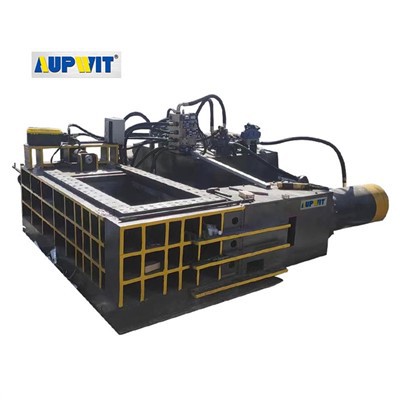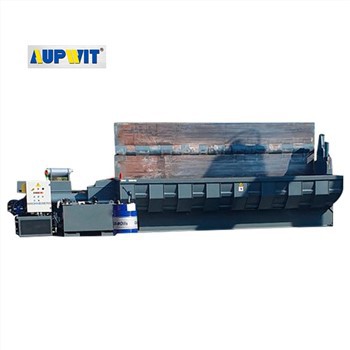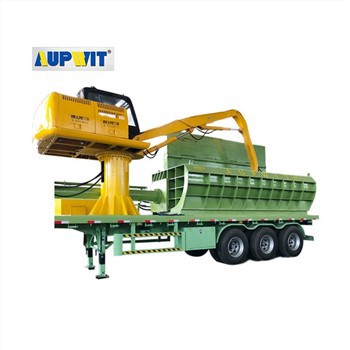Fully Automatic Horizontal Baler Maintenance
Maintaining a fully automatic horizontal baler doesn't have to be overly difficult, but it does require consistent attention to specific components and procedures. While the complexity can seem daunting due to automated systems and hydraulic mechanisms, following a regular schedule can simplify the process.
Moving Parts Maintenance
One of the key aspects is the regular inspection and lubrication of moving parts, such as bearings, gears, and chains. These components are crucial for smooth operation, and proper lubrication reduces friction and wear, extending their lifespan.
This task is relatively straightforward and can be performed by trained in-house staff.
Hydraulic System Care
The hydraulic system, which powers the compression mechanism, demands careful monitoring. Checking for leaks, maintaining proper fluid levels, and replacing filters as recommended are essential.
Although this involves some technical knowledge, most manufacturers provide clear guidelines, and with proper training, operators can handle basic hydraulic maintenance tasks.
Electrical Components
Electrical components also need attention. Inspecting wiring for damage, ensuring connections are secure, and checking sensors and control panels for accurate functioning are necessary.
However, for more complex electrical issues, it's advisable to call in professional technicians.
Key Maintenance Requirements
- Regular lubrication of all moving mechanical parts
- Hydraulic system checks including fluid levels and leaks
- Electrical inspections of wiring and connections
- Professional servicing for complex issues
- Following manufacturer guidelines for all maintenance
In summary, while a fully automatic horizontal baler has various components that need upkeep, with proper training, a well-defined maintenance schedule, and access to manufacturer support, the maintenance process can be manageable and won't pose insurmountable challenges.


